Art World
From Mid-Century Chic to Industrial Sheen, These Upstart Galleries Are Reinvigorating Collectible Design
Collectible design is attracting younger dealers and a new generation of customers. Here are some rising galleries, specializing in everything from 1980s rarities to vivid new ceramics, in New York, Paris, and London.

Paul Bourdet is used to being the youngest dealer of collectible design in the room. This year, at just 30, he took a booth at TEFAF the venerable antiques fair that takes place in Maastricht in March. “The fair wanted us to apply,” Bourdet said. “They want to inject new energy and bring in new collectors.” Not that he’s a newcomer.
The Parisian has been in the business for ten years. “I started working for Francois Laffanour’s Gallery Downtown [the go-to for mid-century French design, including Jean Prouvé] when I was 20. The first time I went to Design Miami, I was too young to go to the parties.” But Bourdet, who runs the sixth arrondissement Ketabi Bourdet gallery with business partner Charlotte Ketabi, is no longer the only baby face in the business.
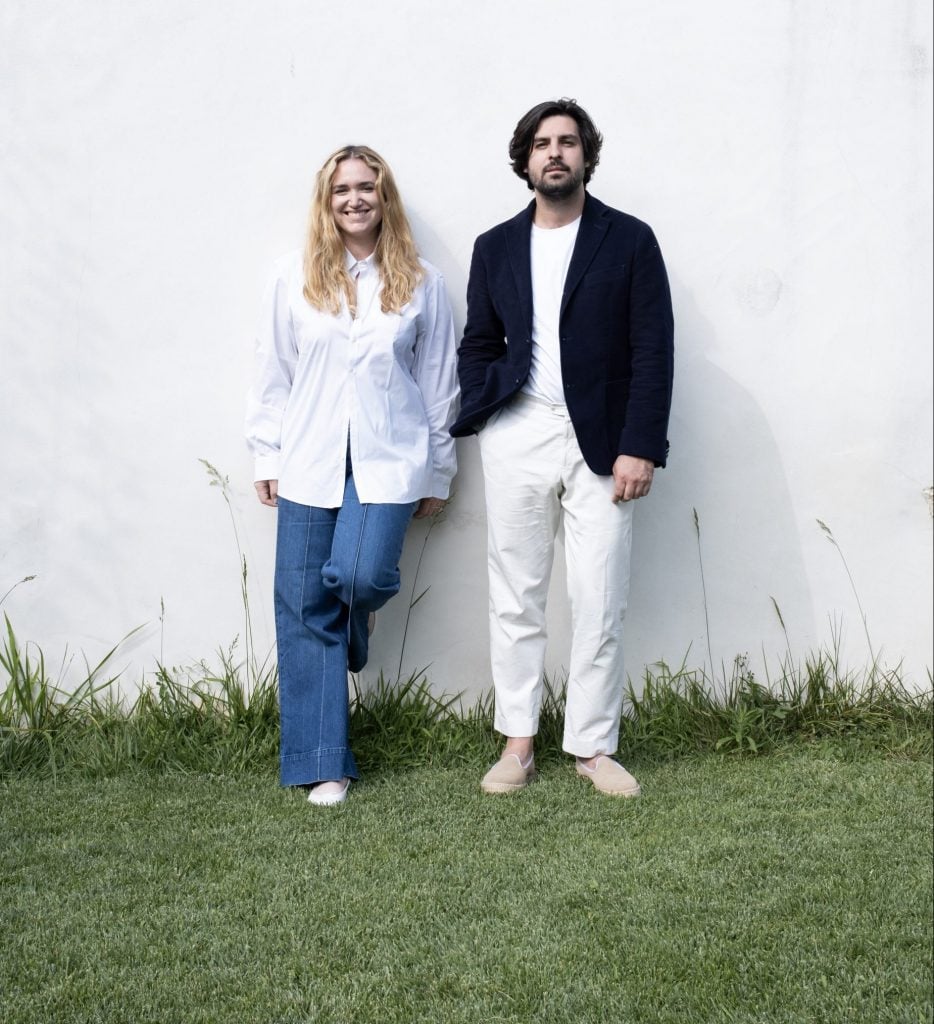
The gallerists Charlotte Ketabi and Paul Bourdet. Courtesy of Ketabi Bourdet Gallery.
Some are dynastic arrivals. Laffanour’s 27-year-old daughter, Luna Laffanour has joined the family business. Twenty-nine-year-old Clara Krentowski has joined her parents at Galerie Kréo. But collectible design has also become an increasingly attractive option for younger gallerists starting out on their own.

Ceramics Now 21 at Gallerie Daguet-Bresson. Courtesy of Ceramics Now.
It is a sector where prices can start relatively low. Fellow Parisian Florian Daguet-Bresson, a thirty-something who learnt the ropes at top antiquarian Didier Luttenbacher, established his joyously colorful namesake ceramics gallery in 2022. “I’m not interested in selling something for the highest price,” he said. “I like to be realistic and bring people in.” A small but highly decorative piece by the ceramic collective Superpoly might be as little as €2,000 or $2,223.
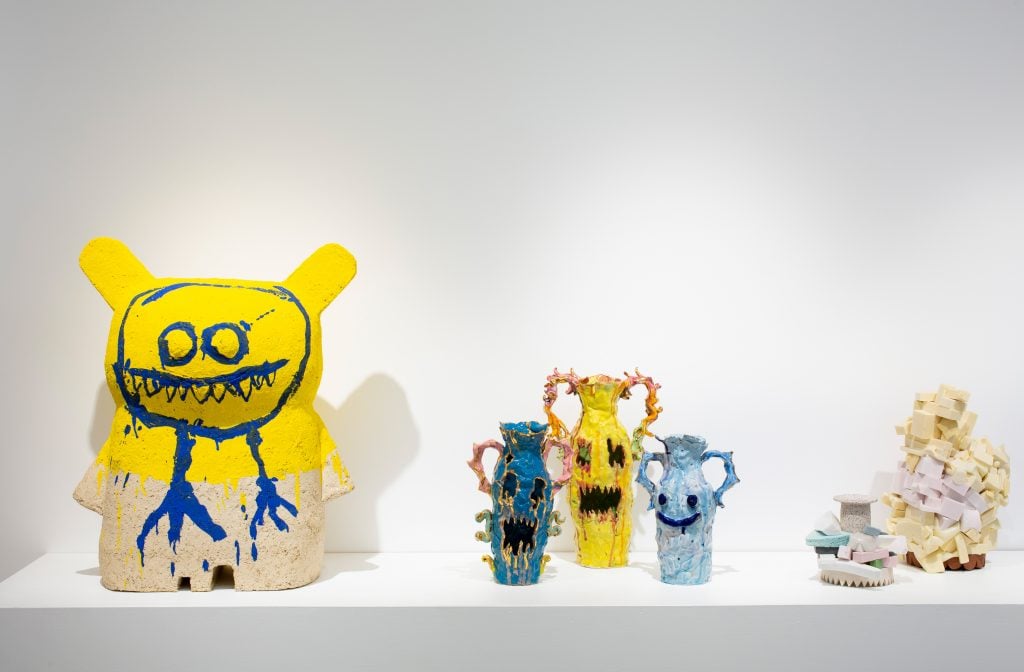
Galerie Daguet-Bresson’s “Ouverture” group show. Photo: David Bordes
Jesse Lee, a 30-something tech entrepreneur based in Los Angeles, was so convinced of his peers’ passion for limited-edition design that in October 2023, his company Basic Space acquired Design Miami. Basic Space is an invitation-only high-end e-commerce platform, offering fashion, cars, and idiosyncratic luxury items. Lee considered the content of the fair that takes place alongside Art Basel Miami Beach and now its Paris counterpart, to be contingent with his website. According to Lee, when I spoke to him in May: “People have become more invested in their homes, and the cool objects in them. People used to post selfies taken in the mirror. Now they’re posting the mirror.”
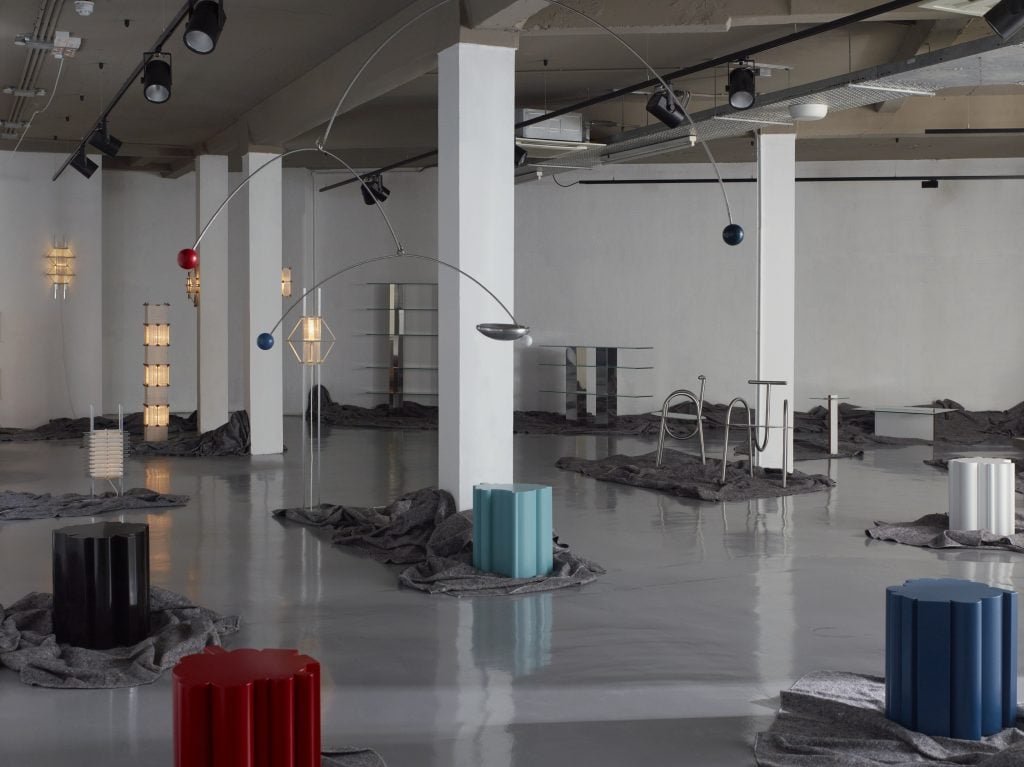
“Now4Then”, Max Radford Gallery in collaboration with ARAM (2024). Photo: Richard Round Turner
In London, the fine art graduate Max Radford, started selling limited-edition design pieces out of his home in South London in 2021. Now 31, opened a permanent space, Max Radford Gallery, in East London’s Hackney Wick in March. The works he sells are largely created in London by his contemporaries. He describes his individual clients as “creative types, mostly men aged around mid-30s to mid-40s.” It is, though, interior designers, predominantly female (including grande dame Kelly Wearstler) who will most likely fuel the future of his gallery.
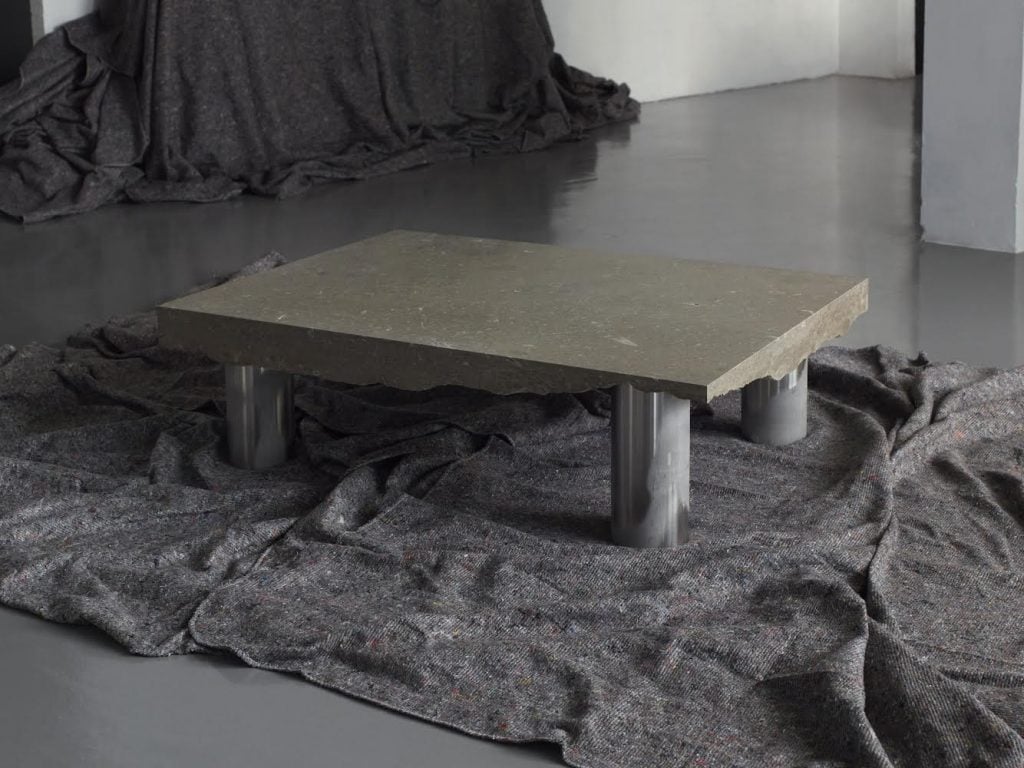
Eddie Ollie, Explorer table (2024). Courtesy of Max Radford Gallery.
Radford’s aesthetic tends to be tough, muscly and metallic—he calls it “an honest use of materials”—and his pricing can be robust, too. Earlier this month he showed a hefty table, with a rough-edge stone top and burnished stainless steel legs, by Eddie Olin—a relatively unknown designer—at the Collectible fair in New York. This is the first American edition of the Belgian operation which began in Brussels in 2018 to showcase emerging design. Olin’s Explorer table has a price tag around the £20-25,000 ($26,425- $33,031) mark. But Radford also caters to those with shallower pockets. Amelia Stevens’s slender stainless steel Ashtray without Qualities, for example—as much sculpture as functional object—was £400 ($528), though he says it is now selling for almost twice that.
Until now, Radford was taking work that designers and artists had already produced in their own studios. But contemporary design galleries traditionally finance their artists’ projects, a model that the 35-year-old New Yorker Emma Scully adheres to. “It’s where my clients are,” she said of her gallery, now based in a chic 8th floor apartment on the Upper East Side. “We have in-house production,” she said. “I want to support people in their careers. And I’m getting better at knowing what customers like.” Recent shows have included a solo show by the artist and designer Simone Bodmer-Turner and “Anti Chairs.”

Rafael Prieto Side Table, Glass Top and Charred Wood. Photo: Joe Kramm. Courtesy of Emma Scully Gallery.
Among her successful designers are Rafael Prieto, whose austere Bench in handcarved Cumaru wood and yellow pine is a best-seller. “The Bench is easy to customize,” said Scully who also conceded that fulfilling interior designers’ requests is fundamental to the business. “The brutal part is cash flow,” she said, “but I’ve spoken to established galleries, and they still have the same problem.”

Rafael Prieto, Bench. Photo: Joe Kramm. Courtesy of Emma Scully Gallery.
Bourdet, of course, as a dealer in vintage work has no such costs. His mission is to create a market for his beloved purveyors of 1980s design—Starck, Szekely, Paolo Pallucco—that to this 30 year old are historic. “The market is young,” he said. “There are very few collectors buying more than ten pieces a year. I’ve probably got five to ten real collectors, and they’re in Belgium, Switzerland and London.”
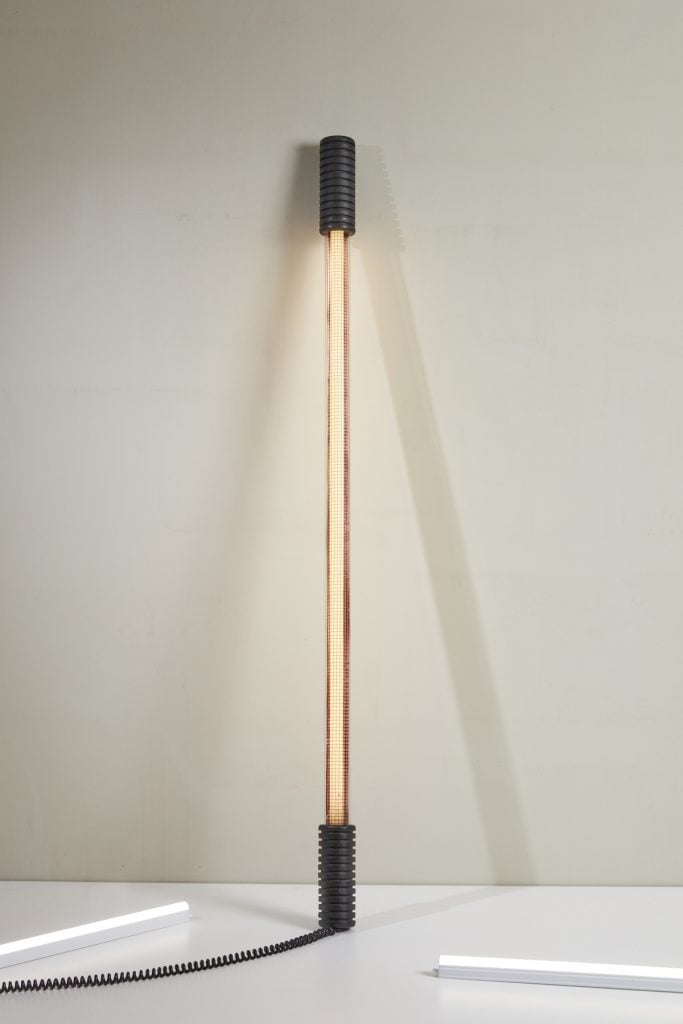
Phillipe Starck, Easy Light (1979). Courtesy of Ketabi Bourdet
Still, with limited supplies—some like the Szekely works were made in editions of eight, and other pieces (especially by Starck) were made by producers but not in large quantities—prices are set to rise. An original 1979 Starck Easy light, a deadringer for a Star Wars light sabre, now fetches $19,800. “There are almost no collectors in New York yet,” Bourdet said. “But if that happens the market could go crazy.”





